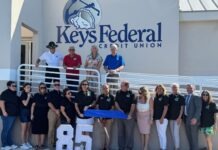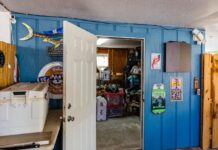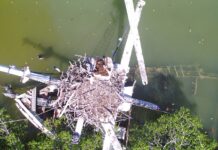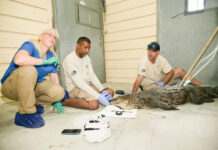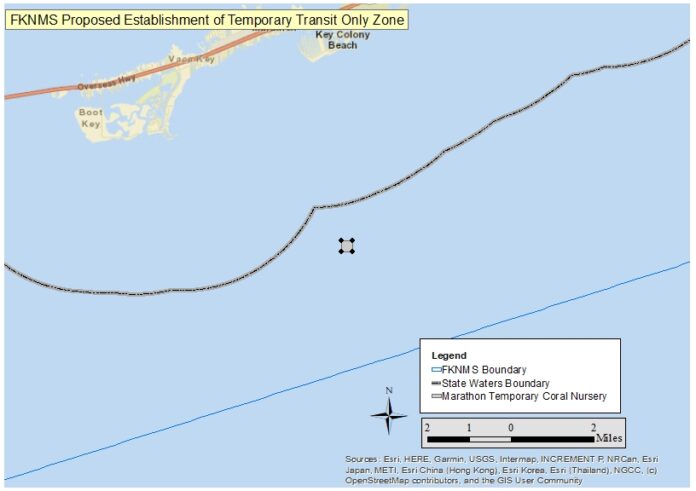
NOAA has issued an emergency rule establishing three temporary special-use areas in the Florida Keys National Marine Sanctuary where coral restoration partners can quickly relocate nursery corals to cooler, deeper water. These temporary special-use areas and associated access restrictions will expire on Aug. 26, unless they are extended an additional 60 days.
The three sites, about 0.07 square miles and within federal waters of the sanctuary, are located in the upper, middle and lower Keys. The locations were chosen for their proximity to existing nursery sites, which will limit coral exposure during transit. While active, the areas carry special-use area regulations, including the prohibition of entry except for restoration activity with a valid sanctuary permit.
“The proposed action would prevent any delay in getting them to deeper water, and the special use protections would limit physical impact from anchoring, unintentional fouling of fishing gear and bottom tending fishing gear, including traps,” said Sarah Fangman, sanctuary superintendent.
Last summer, when the oceans reached teapot levels in the Florida Keys, restoration practitioners rescued thousands of baby corals growing on tethered ropes in the water column and relocated them to temperature-controlled tanks on land. Meanwhile, Reef Renewal USA, a partner of NOAA’s Mission: Iconic Reefs restoration program, had a different idea: move the ropes to a deeper location in federal waters off Tavernier.
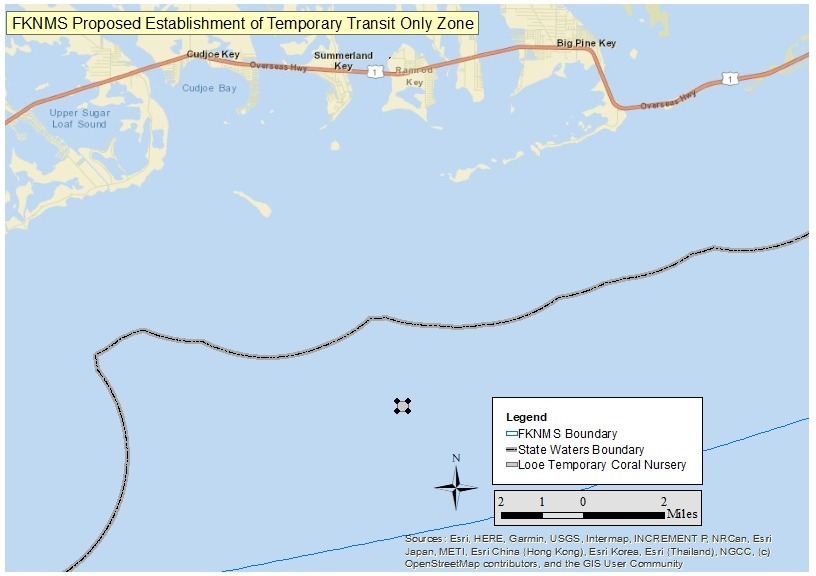

“By the time we were able to move corals, the tank space was taken,” said Reef Renewal’s Ken Nedimyer, whose baby corals showed signs of paling.
In the end, twice as many corals survived at Nedimyer’s temporary deep water site as at inshore, shallow sites.
The Tavernier site is among the three locations proposed by NOAA, along with two others in the Middle Keys (Marathon special-use area) and Lower Keys (Looe Key special-use area).
While NOAA had to use its emergency rulemaking authority again this summer, it is also now collecting public comment on a more permanent solution. To submit comments, the public may visit https://www.federalregister.gov/d/2024-13912.



